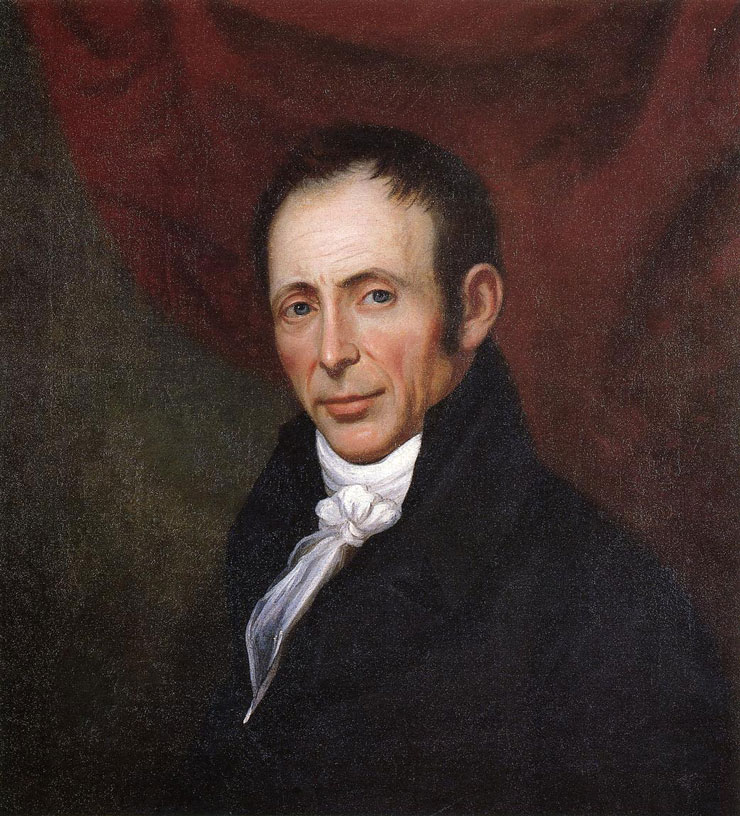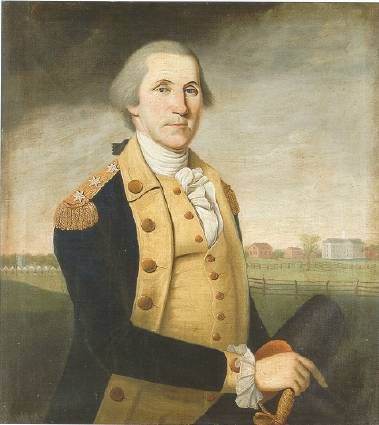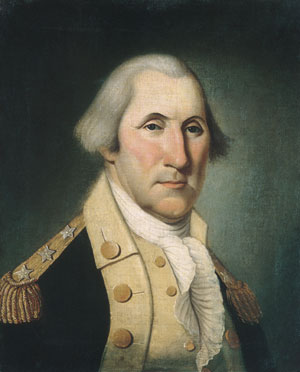Charles Peale Polk (1767-1822)
Do you think you may own a painting by Charles Peal Polk?
We Perform Charles Peale Polk art authentication. Charles Peale Polk appraisal. Charles Peale Polk certificates of authenticity (COA). Charles Peale Polk analysis, research, scientific tests, full art authentications. We will help you sell your Charles Peale Polk or we will sell it for you.

Charles Peal Polk was an early American artist, born in Maryland, and the nephew of painter Charles Willson Peale. He was orphaned as a young boy and sent to live in Philadelphia with his uncle, who also became his teacher and mentor. He came from a long line of successful painters, but sadly, Polk never found as much success as his uncle. Polk spent many of his early years as a painter copying his uncles’ work, as well as his own for practice. It is even said that Polk copied his own portrait of George Washington nearly sixty times.


As a young man, Polk moved to Baltimore and presented himself as a portrait painter, advertising his services in local newspapers. However, he did not find much success in Baltimore and ended up back in Philadelphia painting houses after only a few short years. However, he continued to pursue the arts and had a moderately successful career nonetheless.


In 1793, Polk attempted to open up an art school at his home, and seven years later he held his first exhibition in Baltimore. That same year he moved to Washington D.C. where he was a government official. It is suggested by art historians that Polk may have taught another famous painter of the period, Joshua Johnson, because the two have strikingly similar styles.

Polk painted the portraits of many important figureheads in America’s history such as Benjamin Franklin, Thomas Jefferson and George Washington. Art historians surmise that he was active from roughly 1787 until 1818, when he could no longer support himself as an artist. However, after 1818 he continued to paint in the form of “verre eglomise” which is, essentially, painting on glass.


Most of the sitters in Polk’s paintings appear to have stiff arms and legs, another quality of Joshua Johnson’s paintings, which is perhaps why historians think that Johnson may have studied under Polk. In most cases, his sitters were also given vacant, blank expressions. It is not likely that he painted many landscapes or still life paintings, as portraits were in such high demand during his lifetime. Today, Polk’s paintings are housed in museums all over New England, and perhaps in your own home. Still wondering about that heirloom portrait hanging in your family’s estate? Contact us…it could be by Charles Peale Polk.
Reviews
1,217 global ratings
5 Star
4 Star
3 Star
2 Star
1 Star
Your evaluation is very important to us. Thank you.
